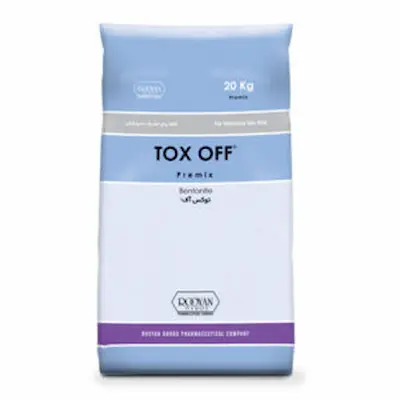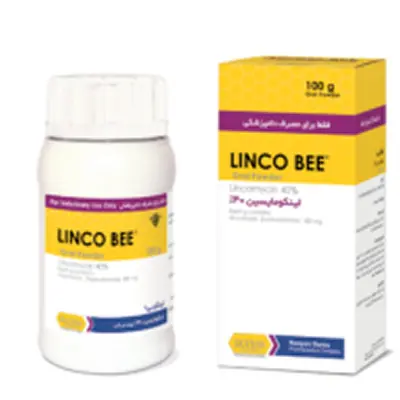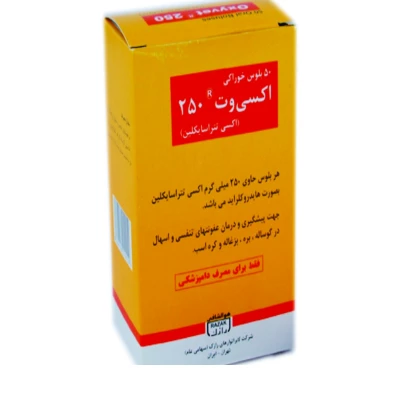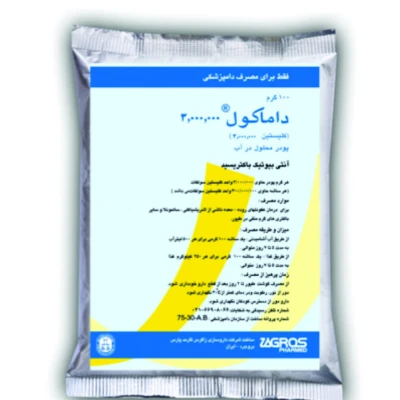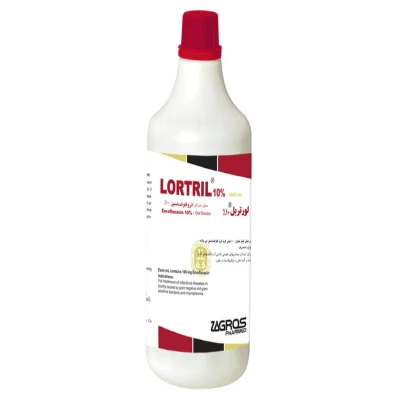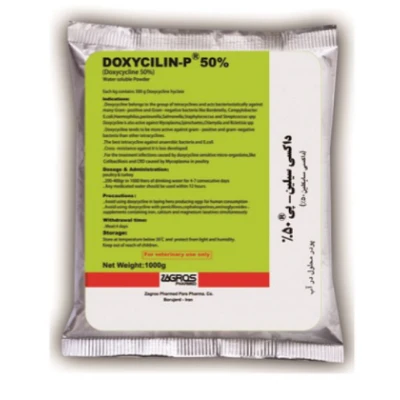
Packaging
25-kilogram bag

Compounds
Each kilogram of TOX OFF® contains 1000 grams of bentonite.

Mechanism of the Effect
Tox Off is commonly used as a detoxifying agent to reduce the effects of toxins in livestock.
This product helps minimize toxin-related damage by adsorbing and neutralizing toxins such as fungal or bacterial toxins.
It may also contain compounds that support liver function and facilitate toxin elimination.
Overall, its mechanism of action is to protect tissues from toxin-induced damage and assist in restoring normal bodily functions.

Use case
Bentonite, or aluminum silicate, prevents the absorption of important mycotoxins from the gastrointestinal tract, thereby preventing digestive symptoms and related problems such as reproductive disorders, contamination of milk with aflatoxin M1, and immune suppression. It can be used as a reliable toxin binder and an excellent pellet binder.

The amount and how to use
Prevention of mycotoxin poisoning:
Poultry: 1 kg of TOX OFF® per ton of feed
Ruminants: 10–25 grams per head per day
Aquaculture species: 1 to 2 kg per ton of feed
High-risk contamination cases:
Poultry: 2 kg per ton of feed
Ruminants: 25–50 grams per head per day
Aquaculture species: 2 kg per ton of feed

Caution
When mixing and using TOX OFF®, wear protective clothing, gloves, and a dust mask, as it can cause severe eye irritation and sensitivity.
In case of accidental contact with the eyes, rinse immediately and thoroughly with plenty of water.
Avoid any contact of the product with the skin.
After use, securely close the bag.

Drug interference
No specific drug interactions have generally been reported; however, caution is advised when using TOX OFF® concurrently with chemotherapeutic agents or strong detoxifying drugs.
Concurrent use with medications that affect liver function may alter the effectiveness of TOX OFF®.
To prevent possible interactions, it is recommended to consult a veterinarian before administering other drugs simultaneously.

Maintenance conditions
Store in a dry place, below 30 °C, and away from direct sunlight.
